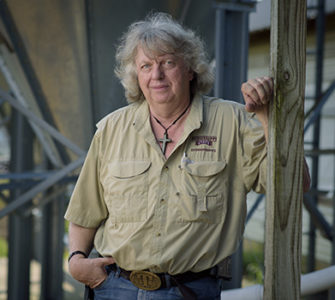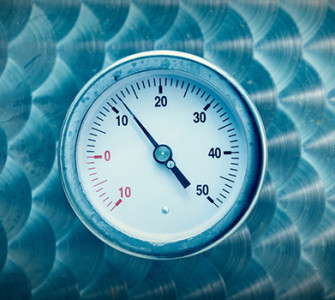Better air circulation, moderately lower humidity improve paw quality
Increasing air circulation coupled with moderate reductions in humidity can dramatically improve paw quality, Connie Mou and Michael Czarick, University of Georgia, told Poultry Health Today.
By lowering the humidity level to 60% and using circulation fans that increase air movement across the litter to 150 feet per minute, litter dries uniformly across the house. That, in turn, improves paw quality and has the added benefit of reducing ammonia levels, said Mou, graduate research assistant.
In one of the studies conducted during winter with three consecutive flocks, this approach to minimizing litter moisture reduced severe footpad lesions by nearly 50%, she said.
“We see flock after flock with the same results,” noted Czarick, Extension poultry engineer.
Provides compromise
Increased ventilation is another way to keep litter drier, but that’s unrealistic due to the expense. “It’s just going to cost too much,” he said. “A little bit of humidity control and some good air movement” offer a compromise.
The fans used in their research are 24-inch models with one-third horsepower, and they run continuously.
There is an initial investment, Czarick acknowledged. The fans needed to achieve the necessary air circulation cost over $300 each in comparison to $80 per fan that growers are used to spending.
With increased concern about animal welfare and the trend toward no-antibiotics-ever production, producers are focusing more on finding ways to prevent illness in their flocks. Drier litter is one worthwhile step producers can take, he indicated.
“When it comes to antibiotic-free production, when it comes these welfare guidelines, we’re going to increase costs. We are using a little bit more gas because we’re ventilating more to keep the humidity down. We do have fans that do have operating costs. But what we have found, I think, is when we look at the big picture, the costs are not that overwhelming,” Czarick said.
Posted on September 23, 2019
















